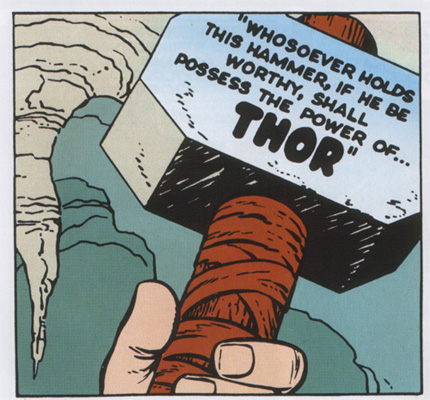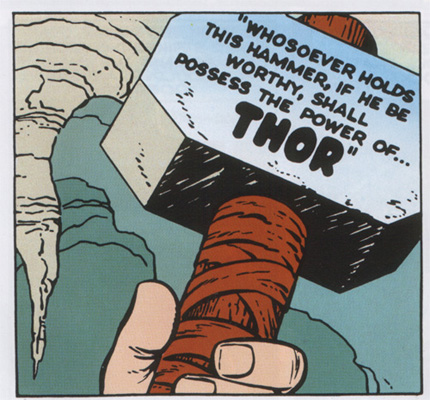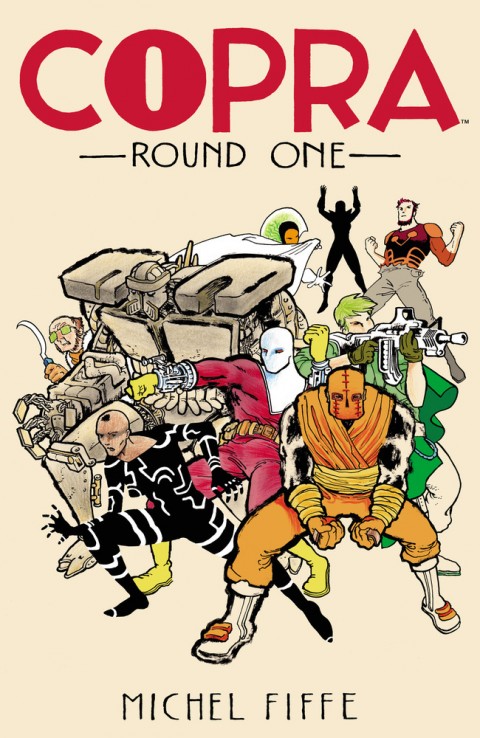I am not a fan of the Certified Guarantee Corporation, or CGC as it is more commonly known. For those of you new to the term I will explain it briefly. CGC is a company that, for a fee, will grade your comic book and then seal it in a plastic case. No, you can’t read it anymore; why would you want to do that? However, an independent third party has assessed and valued your book. You can be assured that the 7.0 copy of Hulk #181 you just purchased is a 7.0 and not a trumped up 6.0 or a restored 4.0.
Or at least that is the theory. What happens in reality is open to debate.
 I will not argue that something had to be done about different comic book shops each grading books using a different set of criteria. This resulted in a wide variation of pricing for consumers. This was not in anyone’s benefit and so in the year 2000 CGC burst onto the scene. It was a welcome service and many clamoured to have their books graded (or slabbed as we say in the biz).
I will not argue that something had to be done about different comic book shops each grading books using a different set of criteria. This resulted in a wide variation of pricing for consumers. This was not in anyone’s benefit and so in the year 2000 CGC burst onto the scene. It was a welcome service and many clamoured to have their books graded (or slabbed as we say in the biz).
The primary price guide for comic books is the Overstreet Price Guide. It gives the prices of comic books by condition, so you know how much a comic book in 2.0 condition would be and so on. This is the price. The industry has set these prices. This is the price. So when I get my book slabbed and I get it back at a 5.5 I might go look up what a 5.5 is in the price guide. Let’s say it’s $500. So my CGC book is worth $500, right? Wrong.
You see, a funny thing stared happening: CGC books began to sell above guide. So if I got a book slabbed my comic book might be worth one and half, or two, or (in extreme cases) fives times what it might be if I kept it in a regular bag and board.
Some of this is cost recovery on the part of the owner. If I just paid $25 to get my book graded at the bare minimum I am adding $25 to the guide’s price. But the rest of it is just greed. It isn’t only old key books that get slabbed. Everything gets slabbed. And why? Because if I send in a bunch of Spawn #1 there will be a 9.8 in the mix and I will make a bunch of money off a fanboy who now can say that he has a 9.8. The grade of 9.8 carries with it such gravitas that it can be worth hundreds of dollars more than the same comic book in a 9.6.
 See, it could have been that a CGC book went for guide, but a non-CGC book would go for less than guide. That would make sense right? But people don’t think that way and consumers pay way too much to be assured of their “investment”.
See, it could have been that a CGC book went for guide, but a non-CGC book would go for less than guide. That would make sense right? But people don’t think that way and consumers pay way too much to be assured of their “investment”.
The fee structure is a bit interesting as well. You pay more to get a book graded the better condition it is in. Yep. It is in the best financial interest of the company to grade your book a 9.8 instead of a 9.6. For those of you who don’t know, even seasoned comic book veterans have trouble glancing at a book and deciding if it should be a 9.8 or a 9.6. Also, very rarely will you find someone who is outraged that they got a 9.8 and would crack open the sealed book.
I am not suggesting that CGC is deliberately grading books higher, but the system lends itself to such criticism. It used to be that they charged a flat fee based on the age of book. This makes sense as a certain amount of time must go into grading a book. I have been told that the change was made to cover insurance costs. They need to have enough insurance to cover the millions of dollars worth of books they have on site. This is only a sort of good answer. In reality they could charge a bit more across the board and still get enough money to cover insurance.
In addition, now that they have been in business for 10 years they have some very good clients. Clients who send them thousands of books every year. It is in the company’s best interest to keep their big clients happy, so why not send them a few more 9.8s than would be usual? Again I am not suggesting that this is a standard practice of the company, but I am warning that it could be an unforeseen consequence of the business model.
I am also a bit suspicious in that they are really the only game in town. There aren’t really other companies that offer competition. A monopoly is never good for the customer. And paying exorbitant prices above and beyond a set industry standard for a product is simply asinine.
So what good does the company do? Well they do provide some kind of constant for the consumer. And their website keeps track of every comic book they have ever graded. This gives us some kind of proxy for knowing how many 9.8s of a certain issue exist in relation to how many 7.0s there are in the world. These are both positives, but the delivery model should be different.
We are actually talking about certification. CGC should not grade books themselves, but they should offer certification courses to anyone who wishes to get certified. This certification would need to get renewed every year. Yes, it is an investment for shop owners but if they are making 10 times what they should on a book I think that they can suck it up. And yes, there is a possible concern that someone would be grading all their books at 9.8; however, this person would be found out pretty quickly and would lose his or her certification.
This would result in the customer being assured that they are getting an actual 9.0 (as long as they purchased it from a CGC certified dealer) and shops wouldn’t have to send books away to get graded. There would be competition for people who wanted their books graded and unscrupulous dealers wouldn’t get re-certified.
It may never change in the way I want it to but in the mean time I would appreciate it if all you goofy rich fanboys would stop spending $30K on a $5K book. Seriously, are you all Kivas Fajo from ST:TNG?
Note: Big thanks to Overstreet Advisor Walter Durajlija for his sage advice and fierce debate on this topic. Check out his shop at www.bigbcomics.com
Anthony Falcone is a freelance writer living in Toronto and he is coming to get you Barbara. If you have need of his services you can reach him at [email protected]. You can also view his elegant words of prose at www.thenerdalert.blogspot.com




